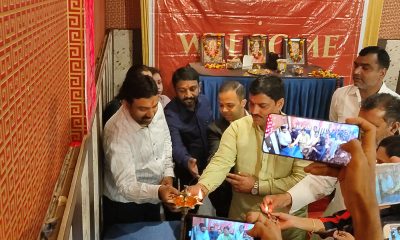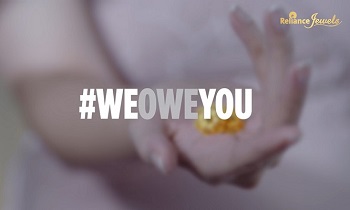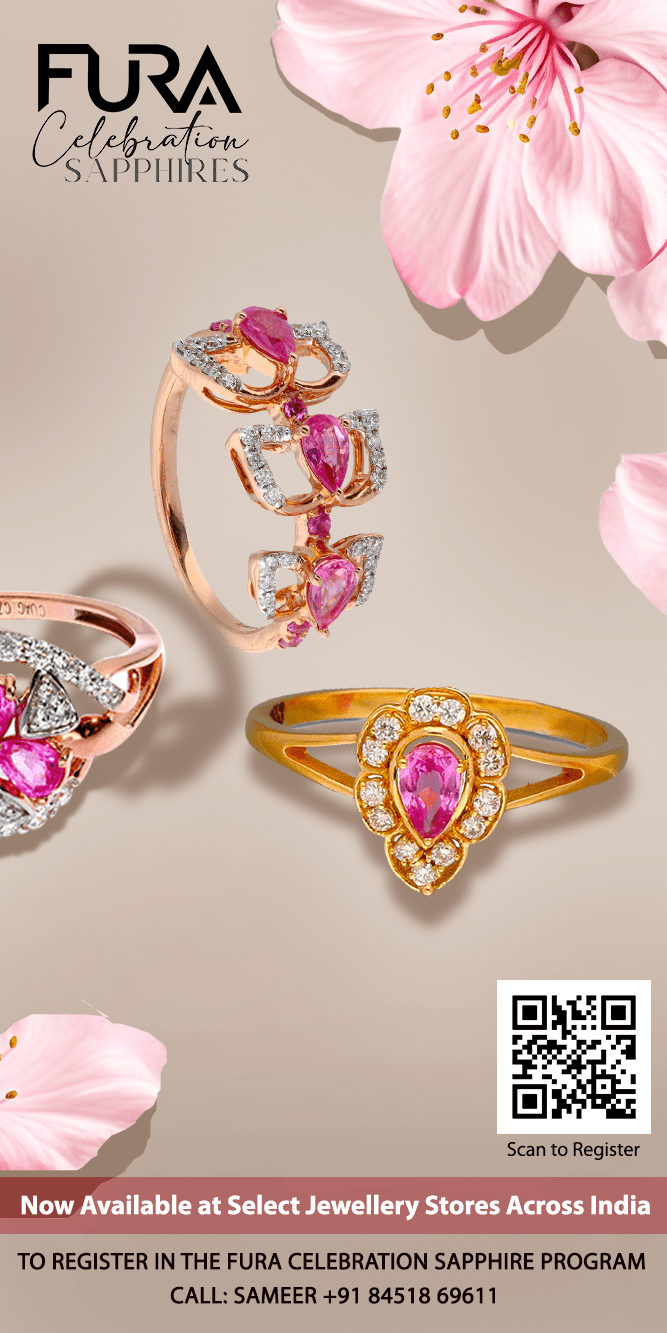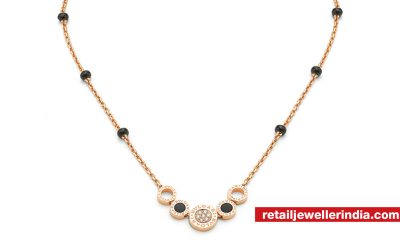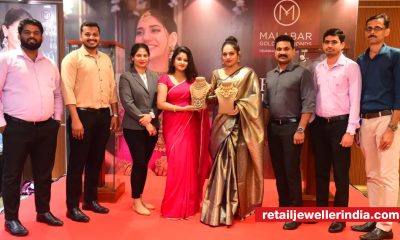Style Quotient
HERITAGE ARTISTRY

By employing intricate vintage techniques like metalsmithing and micro-mosaics, Shachee Shah’s eponymous jewellery label has carved a niche for itself in the luxury market, offering discerning clients one-of-a-kind. These handcrafted pieces celebrate heritage artistry while catering to modern sensibilities.
Shachee Shah’s journey into jewellery design was sparked by an unexpected discovery – a first-of-its-kind course at SNDT Women’s University in Mumbai. The course merged jewellery design principles with manufacturing techniques taught by professors from the UK. Initially drawn to fashion design, Shah pivoted towards jewellery design, realising that creativity transcends mediums and that her passion lies in the artistic process. This pivot proved fortunate, as her love for fashion’s intricate details like laces, beads and embroideries seamlessly translated into her jewellery. Her debut collection mimicked the delicate beauty of laces in gold, while her second line featured micromosaics, an ancient art form evocative of vintage embroideries.
“I spent many years creating regular diamond and coloured stone jewellery. However, my passion for benchworking and metalsmithing impelled me to achieve a signature style similar to how renowned fashion designers are identified by their distinctive styles”
– Shachee Shah, Founder-Designer, Shachee Fine Jewellery
EDITED EXCERPTS:
POOJA MUJUMDAR (PM): What inspired your signature gold lace and micro-mosaic collections?
SHACHEE SHAH (SS): I developed the gold lace collection as a signature style, inspired by delicate laces and beads. The micro-mosaic collection, approximately 10 years old, is an ancient technique I studied in Italy. This intricate art form, similar to museum-quality work, adds unique craft value to my jewellery. Despite initial misconceptions about the value of glass mosaics compared to gold, clients have come to appreciate the craftsmanship and artistic significance of these pieces.
PM: Your jewellery is unconventional. Who are the buyers of such unique designs?
SS: My target audience is women from 25 to 70 years of age, including those who buy for themselves and those who purchase gifts for milestone birthdays. Younger clients, aged 18 to 21, typically receive my jewellery as gifts. Brides and their families often choose my pieces as part of their trousseau or for wedding functions, though not necessarily for the main ceremony. The largest segment of my customers are self-buying women who value unique, heirloom-quality pieces.

PM: How do you manage inventory and balance creating new designs with repeating popular ones?
SS: Over time, I have built up a library of design components to streamline the assembly process for time-intensive creations like mosaics, which can take months but have become more efficient through practice and repetition. While repeating certain popular designs like intricate lace earrings with bird motifs, I enjoy challenging myself with new, exceptional pieces requiring extraordinary effort, such as a recent Mother’s Day Madonna pendant. However, I balance both approaches to keep things fresh while catering to demand, I enjoy challenging myself with new, exceptional pieces requiring extraordinary effort, such as a recent Mother’s Day Madonna pendant. However, I balance both approaches to keep things fresh while catering to demand.

PM: You have worked from your studio for many years. How do you gauge the new opportunities linked to digital commerce?
SS: I continue working from my studio based in Mumbai’s Chowpatty, where I work from home, with an additional workshop in Andheri. Customers enjoy the personalised experience, helping the brand grow organically. I never initially focused on what sells; instead, I concentrated on creating pieces of jewellery I enjoyed and would personally wear. I wanted to make lightweight, unique, and classic jewellery that provided comfort and a sense of luxury. Gradually, I expanded from a few pieces to around 40 to 45 unique, handcrafted pieces at a time, which was unsuitable for a mass-produced e-commerce model. Word-of-mouth and social media, especially Instagram, built awareness, allowing me to showcase my work rather than sell it.

PM: How did the pandemic affect your brand?
SS: Surprisingly, the pandemic benefited my brand. Despite the limited occasions to wear jewellery, many clients decided to invest in unique pieces they had admired for a long time. With saved travel money and time, they shopped online through Instagram and WhatsApp, leading me to sell out completely. Clients started placing advance orders and were willing to wait for new pieces – a trend that continues post-pandemic based on previous designs they liked. During the pandemic, I was continuously creating more.

PM: Do you have an international customer base, and how did you expand globally?
SS: Yes, I have international clients, primarily from the Middle East, Singapore, the USA, and the UK. My global reach expanded mainly via Instagram but received a significant boost from my first international show in Doha last year. Around 20 per cent of my customers are non-resident Indians (NRIs), 10 per cent are local, and 70 per cent are from the rest of India.

PM: What are your future plans for the brand?
SS: This year, I plan to launch an online portal with a more accessible jewellery line, making my work commercially viable while maintaining its unique artistic value. Through this move, I aim to cater to a broader audience that appreciates the craftsmanship but seeks more affordable options. Additionally, I will continue building my team to manage the increasing demand as we expand.
Written by Pooja Mujumdar

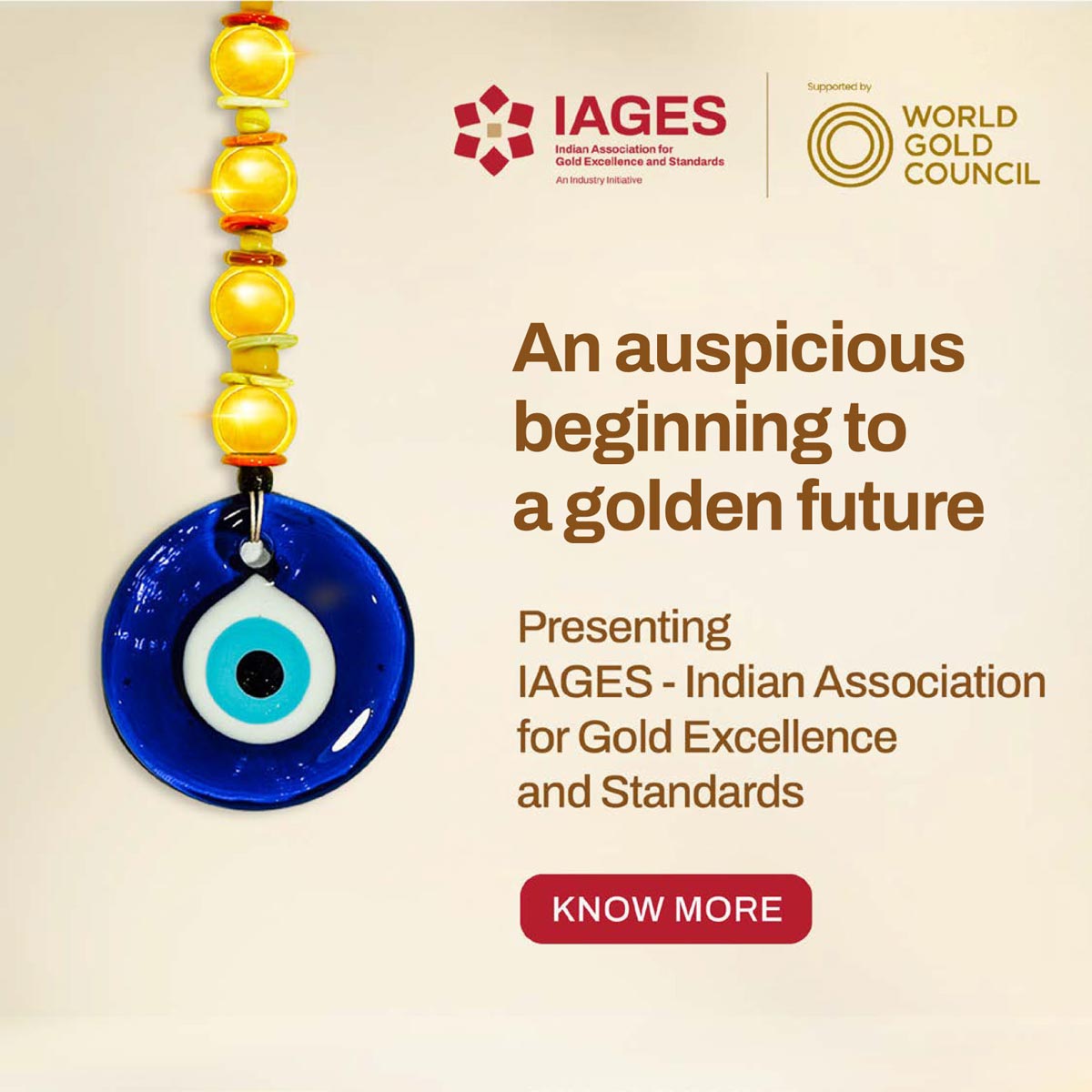
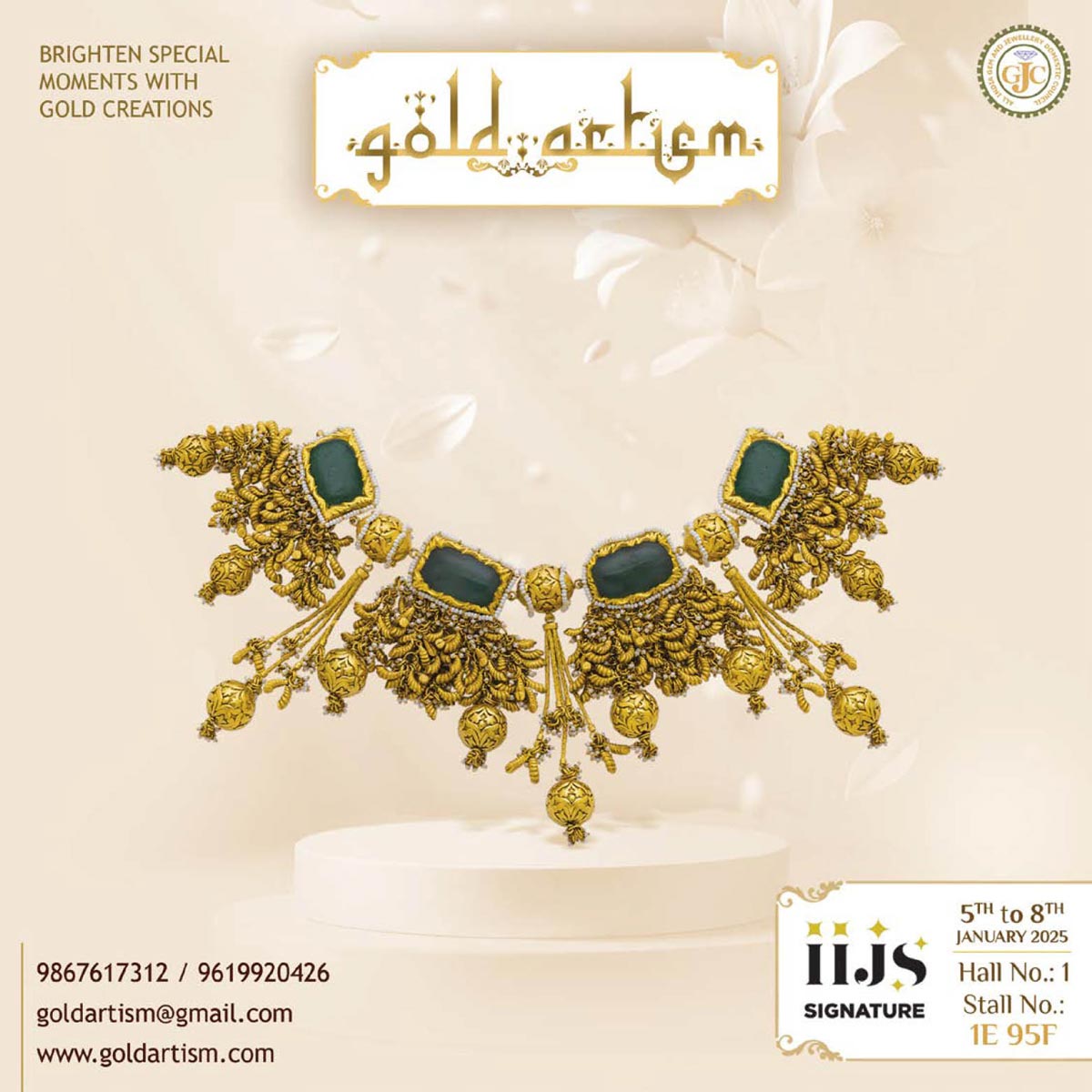

 Daily News2 months ago
Daily News2 months agoBvlgari adds designs to its pathbreaking mangalsutra collection ahead of wedding season

 Daily News1 month ago
Daily News1 month agoTrent, a TATA subsidiary, launches lab-grown diamond brand ‘Pome,’ shares surge 7.67%

 Daily News2 weeks ago
Daily News2 weeks agoMalabar Gold & Diamonds launches ‘Heritage Show’ in Mangalore, featuring jewellery inspired by Maharanis

 Daily News3 weeks ago
Daily News3 weeks agoSavji Dholakia’s visionary water conservation project ‘Bharatmata Sarovar’ reinforces commitment to sustainability






